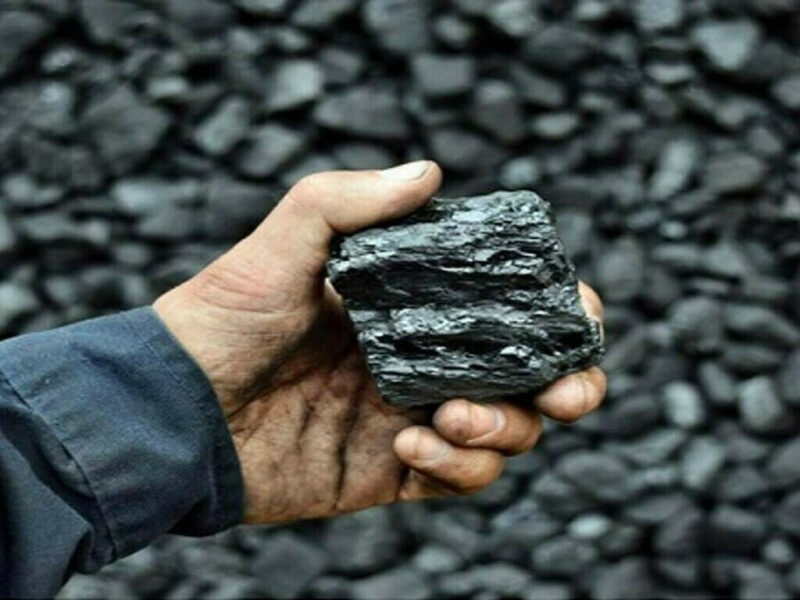LAUNCESTON: China’s production of coal is rising while its share of electricity generation is declining, a seeming contradiction that will likely result in lower imports volumes and cheaper prices.
Coal output rose 2.8% in July from the same month a year earlier, hitting 390.37 million metric tons, according to data released on Aug. 15 by the National Bureau of Statistics.
July’s output was down from June’s 405.38 million tons, which was the strongest month so far this year.
July was also the third-highest monthly production so far in 2024 and output has been trending higher since April.
The rising availability of coal in the world’s biggest producer, importer and consumer of the fuel hasn’t translated into an increased share of the total electricity generation, the primary use for the fuel.
Instead, China’s coal-fired power is losing market share to cleaner alternatives, a trend likely to continue, given the ongoing rapid installation of solar, and to a lesser extent, wind capacity.
China’s thermal power generation dropped in July for a third month on a year-earlier basis, despite rising overall power consumption.
Thermal power output, which is largely coal-fired with only a small amount of natural gas generation, fell 4.9% in July from the same month in 2023 to 574.9 billion kilowatt-hours (kWh).
Total generation rose 2.5% to 883.1 billion kWh, with hydropower output jumping 36.2% to 166.4 billion kWh.
China’s coal output up 2.8% in July despite surging hydropower generation
China is experiencing a hotter than usual summer, which has boosted electricity demand for cooling. Hydropower is increasing off a low base in 2023, when output was affected by low rainfall.
Other clean energy generation is also grabbing a higher share, with solar up 16.4% in July and nuclear increasing 4.3%.
China has ramped up installations of renewable energy, with 102 gigawatts (GW) of capacity being added in the first half of 2024, taking total capacity to more than 700 GW.
About 26 GW of wind capacity was added in the first six months of 2024, with the combined wind and solar additions being almost seven times the 18.3 GW of new coal-fired generation.
Market dynamics
The recovery in hydropower and the rapid rollout of solar, coupled with rising coal production, are likely to alter the dynamics of the thermal coal market in China.
Domestic prices have started to decline, with the benchmark price of thermal coal at Quinhuangdao as assessed by consultants SteelHome, slipping to end at 835 yuan ($116.55) a ton on Aug. 16.
It has trended lower since its most recent peak of 885 yuan a ton on May 28, and has dropped 11.2% since the peak so far in 2024 of 940 yuan on Feb. 27.
The lower domestic price has meant that thermal coal imported from Indonesia and Australia, the world’s two biggest exporters of the fuel and the top suppliers to China, has also had to adjust through lower prices.
Indonesian coal with an energy content of 4,200 kilocalories per kilogram (kcal/kg), as assessed by commodity price reporting agency Argus, ended at $51.18 a ton in the week to Aug. 16.
This was the lowest in 11 months and the price has dropped 12% since its high so far this year of $58.17 a ton in the week to March 8.
Australian coal with an energy content of 5,500 kcal/kg finished at $86.78 a ton in the seven days to Aug. 16, down 10.2% from its peak so far in 2024 of $96.66 in the week to March 1.
The softer seaborne coal prices have helped keep import volumes strong so far in 2024, with official data showing imports of all grades of coal rising 13.3% in the first seven months of the year to 295.78 million tons.
But data from commodity analysts Kpler suggests that seaborne imports of thermal coal are starting to ease back.
Kpler assessed July seaborne thermal coal arrivals at 28.56 million tons, down from 29.38 million in June and 30.67 million in May.
For August, it’s possible that thermal coal imports will drop for a third month, with Kpler estimating arrivals of 28.26 million tons.
With domestic coal output recovering and prices easing, its likely that seaborne cargoes will have to decline in price to remain competitive.
The opinions expressed here are those of the author, a columnist for Reuters.

Source: Brecorder




























